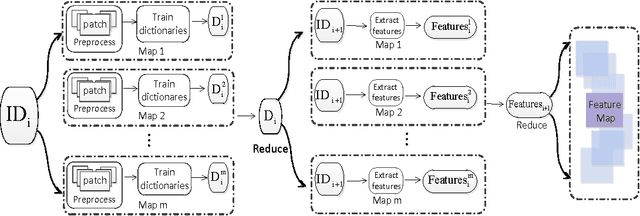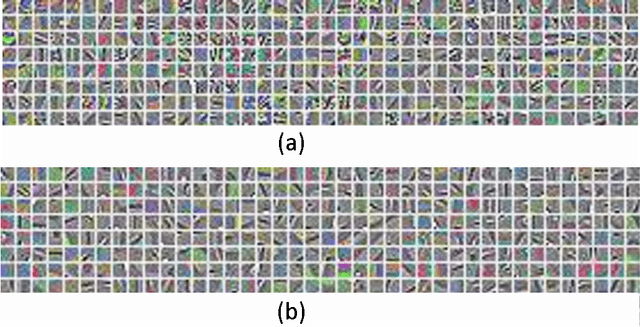Na Lv
SleepGMUformer: A gated multimodal temporal neural network for sleep staging
Feb 20, 2025Abstract:Sleep staging is a key method for assessing sleep quality and diagnosing sleep disorders. However, current deep learning methods face challenges: 1) postfusion techniques ignore the varying contributions of different modalities; 2) unprocessed sleep data can interfere with frequency-domain information. To tackle these issues, this paper proposes a gated multimodal temporal neural network for multidomain sleep data, including heart rate, motion, steps, EEG (Fpz-Cz, Pz-Oz), and EOG from WristHR-Motion-Sleep and SleepEDF-78. The model integrates: 1) a pre-processing module for feature alignment, missing value handling, and EEG de-trending; 2) a feature extraction module for complex sleep features in the time dimension; and 3) a dynamic fusion module for real-time modality weighting.Experiments show classification accuracies of 85.03% on SleepEDF-78 and 94.54% on WristHR-Motion-Sleep datasets. The model handles heterogeneous datasets and outperforms state-of-the-art models by 1.00%-4.00%.
A Distributed Deep Representation Learning Model for Big Image Data Classification
Jul 02, 2016



Abstract:This paper describes an effective and efficient image classification framework nominated distributed deep representation learning model (DDRL). The aim is to strike the balance between the computational intensive deep learning approaches (tuned parameters) which are intended for distributed computing, and the approaches that focused on the designed parameters but often limited by sequential computing and cannot scale up. In the evaluation of our approach, it is shown that DDRL is able to achieve state-of-art classification accuracy efficiently on both medium and large datasets. The result implies that our approach is more efficient than the conventional deep learning approaches, and can be applied to big data that is too complex for parameter designing focused approaches. More specifically, DDRL contains two main components, i.e., feature extraction and selection. A hierarchical distributed deep representation learning algorithm is designed to extract image statistics and a nonlinear mapping algorithm is used to map the inherent statistics into abstract features. Both algorithms are carefully designed to avoid millions of parameters tuning. This leads to a more compact solution for image classification of big data. We note that the proposed approach is designed to be friendly with parallel computing. It is generic and easy to be deployed to different distributed computing resources. In the experiments, the largescale image datasets are classified with a DDRM implementation on Hadoop MapReduce, which shows high scalability and resilience.
 Add to Chrome
Add to Chrome Add to Firefox
Add to Firefox Add to Edge
Add to Edge